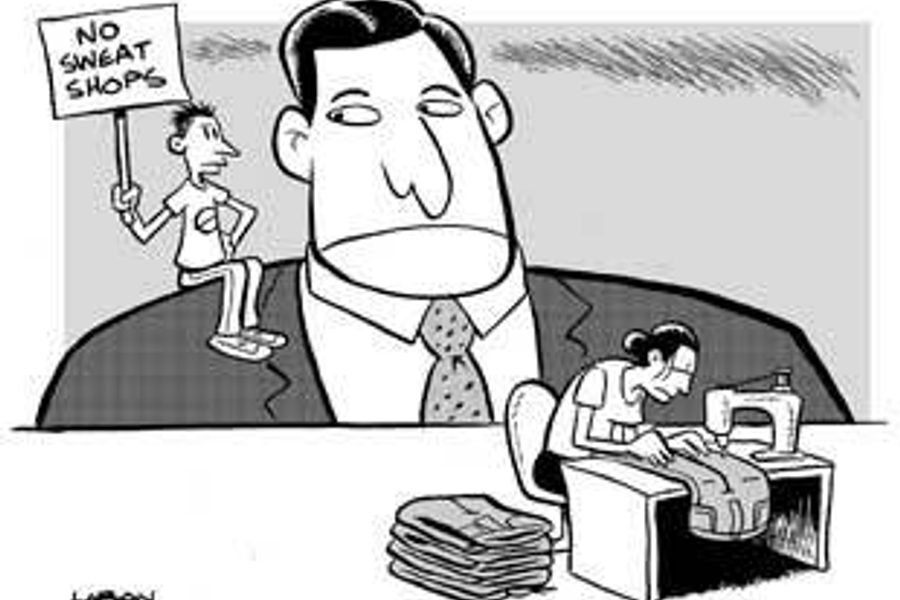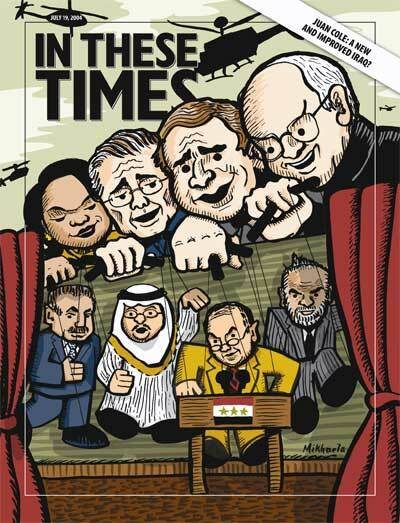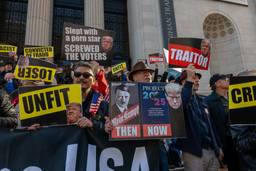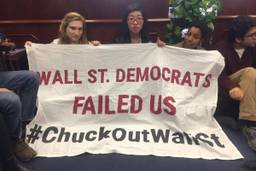The Gap Minds Itself
The fashion giant releases a candid report detailing the industry’s squalid working conditions
Mark Engler

“When I decided to join Gap Inc. in the fall of 2002,” writes Paul Presser, president and CEO of the clothing giant behind the Gap, Old Navy and Banana Republic brands, “one of the first things my teenage daughter asked was, ‘Doesn’t Gap use sweatshops?’ ”
An aggressive global movement for workers’ rights has effectively pushed this question into consumer consciousness, and it has haunted Gap for nearly a decade. In May, the company released its first Social Responsibility Report, providing a window into how far that movement has come — and highlighting challenges that confront apparel workers in an industry where “remaining competitive” fuels a search for ever-cheaper production.
Gap’s 40-page report attempts to take the sweatshop issue head on. Several social investment and corporate responsibility organizations collaborated on the document, including the Calvert Group and the Interfaith Center on Corporate Responsibility (ICCR). The report provides data on conditions in 3,010 factories in more than 50 countries where company garments are made, noting that “few factories, if any, are in full compliance all of the time” with Gap’s code of conduct.
The report has earned Gap genuine, if measured, praise from a variety of leading anti-sweatshop organizations. “We’ve had our differences with Gap in the past, and we may in the future,” says Bruce Raynor, president of UNITE, the textiles and needletrades union. But he cites the report as a move to “create positive change for workers.”
Nikki Bas, executive director of Sweatshop Watch, says, “It’s pretty remarkable that they are showing not just what they are doing in terms of monitoring but also what they are finding.” Many of these discoveries corroborate activists’ portraits of an industry that often fails to respect basic rights.
Gap’s name has been closely tied with the growth of the anti-sweatshop movement over the past 10 years. “No one company created these problems,” Gap spokesman Alan Marks notes, but Gap’s energetic branding of its products as embodiments of a young, hip lifestyle made it vulnerable to activists who questioned the economic realities behind the image.
A 1995 National Labor Committee (NLC) campaign against union-busting at a Salvadoran Gap contractor called Mandarin International was among the first drives to illustrate consumers’ connection to the pitfalls of corporate globalization via clothing labels. As a result, worker activists were rehired and an independent monitoring organization was created.
Gap was one of 18 manufacturers that a major 1999 lawsuit charged with human rights abuses in the U.S. territory of Saipan. After several years of litigation, the company entered into a settlement creating a $20 million fund to compensate workers and establish independent monitoring for the island.
Campaigns in Thailand and Lesotho in 2002 also targeted Gap, and spurred positive interventions from the company.
So, does the new report spell the end of Gap sweatshops? “The most valuable aspect of the report is its candor,” says Bob Jeffcott of the Maquila Solidarity Network. It estimates that between 25 percent and 50 percent of the company’s suppliers in Central America and the Caribbean were cited for paying below-minimum wages. Monitors found that the same percentage of factories in Sub-Saharan Africa and on the Indian subcontinent require workweeks in excess of 60 hours.
Describing efforts to remedy these problems, Gap points to its 90 full-time inspectors who track improvements. The report introduces a ranking system to measure levels of abuse or compliance over time.
However, critics note that Gap currently does not provide information on specific factories. Student activists won this level of transparency by establishing the Workers Rights Consortium, which monitors apparel production for more than 100 U.S. colleges and universities. Spokesman Marks, however, says Gap considers names and addresses of suppliers to be “proprietary and competitive” information, a claim companies have long used to resist outside monitoring.
Only a tiny fraction of apparel factories also have independent unions. Gap admits that it has not been able to effectively track retaliation against workers trying to organize.
Charlie Kernaghan of NLC places denial of the right to organize at the heart of the sweatshop problem. “In economies that are paying poverty wages, when people have no rights and no power, what you end up monitoring are well-run prisons,” he says. “Sure, factories will be cleaned up. They’ll have bathrooms where the water runs. But when it comes to wages, to having a democratic voice on the shop floor, monitoring and codes of conduct are a dead end.”
And anti-sweatshop activists are facing new challenges, like the upcoming elimination of the Multi-Fiber Agreement (MFA). A World Trade Organization agreement in the mid-’90s determined that the MFA, a longstanding system of quotas that protects textile production in many poor countries, will end January 1, 2005.
Ginny Coughlin of UNITE predicts this will cause severe dislocation and drive down conditions in the industry: “A million workers in Bangladesh will lose their jobs, 100,000 workers in Cambodia and Thailand, a million in Indonesia, hundreds of thousands in Central America. It will seriously compound poverty in these countries.”
In contrast, China is expected to out-compete even low-paying rivals. “[M]ost apparel brands and retailers do business there to remain competitive,” the Gap report states, noting that the country “doesn’t recognize workers’ rights to associate freely outside of government-approved organizations.” While China already is its largest supplier, Gap says it has “no plans at this time to exit Central America or any other region based on quota phase out.”
The MFA’s demise will require a new wave of organizing, in the United States and abroad. “We’re now pushing companies to look at how their business models affect standards,” says David Schilling of the ICCR. Other activists are exploring ways to pressure the industry to prioritize contractors with demonstrated records of respecting workers’ rights.
Campaigners will have to grapple with intransigent retailers like Wal-Mart, a leader in shifting production to China. “We’re still dealing with many companies that won’t even admit that the problem exists,” Jeffcott says. “They’re where Gap was 10 years ago.”
“Companies wouldn’t be doing a thing if it weren’t for the pressure that they felt and that they continue to feel,” Kernighan says. “The progress we’ve seen is a testament to all those high school students, religious people, union people who were out in front of the Gap back in 1995.”
Mark Engler is a writer based in Philadelphia, an editorial board member at Dissent, and co-author of “This Is An Uprising: How Nonviolent Revolt Is Shaping the Twenty-first Century” (Nation Books). He can be reached via the website www.DemocracyUprising.com.








